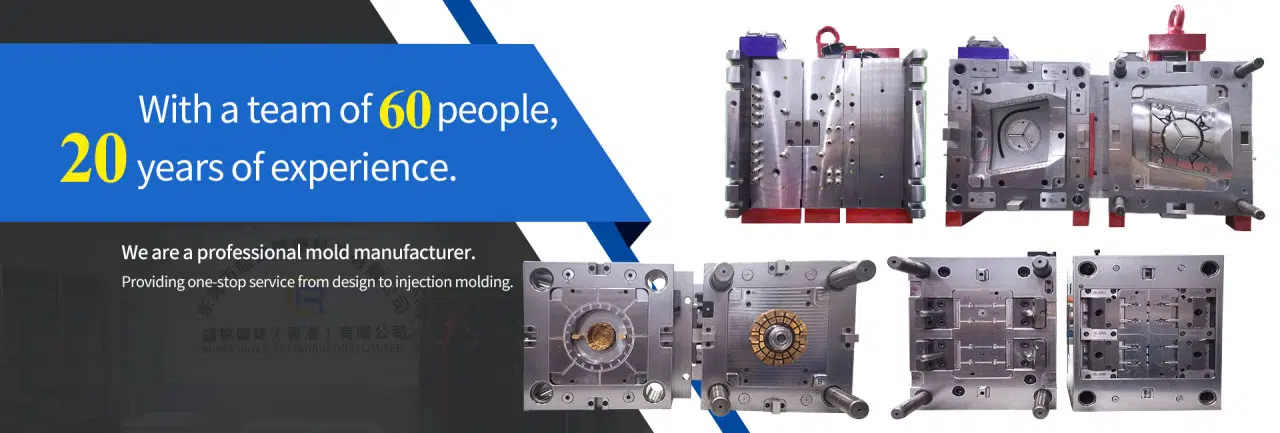
# Rapid Prototyping: Accelerating Innovation in Product Development
## Introduction to Rapid Prototyping
Rapid prototyping has revolutionized the way products are developed across industries. This innovative approach allows designers and engineers to quickly create physical models of their ideas, enabling faster iteration and refinement of concepts. By bridging the gap between digital designs and tangible products, rapid prototyping has become an essential tool in modern product development.
## The Core Technologies Behind Rapid Prototyping
Several cutting-edge technologies power rapid prototyping:
3D Printing (Additive Manufacturing)
3D printing builds objects layer by layer from digital models, offering unparalleled design freedom and the ability to create complex geometries that would be impossible with traditional manufacturing methods.
CNC Machining
Computer Numerical Control machining provides high-precision subtractive manufacturing, ideal for creating functional prototypes from various materials.
Laser Cutting and Engraving
This technology enables fast production of flat components and intricate designs with excellent precision.
Vacuum Casting
A cost-effective method for producing small batches of prototypes that closely resemble final production parts.
## Benefits of Rapid Prototyping in Product Development
Rapid prototyping offers numerous advantages that accelerate innovation:
- Faster Time-to-Market: Significantly reduces development cycles by enabling quick iteration.
- Cost Reduction: Identifies design flaws early, preventing expensive changes during production.
- Improved Communication: Physical models help stakeholders better understand the product than digital renderings alone.
- Enhanced Creativity: Encourages experimentation by lowering the risk of failed concepts.
- Customization: Facilitates the creation of personalized products tailored to specific user needs.
## Applications Across Industries
Medical Field
From surgical planning models to custom prosthetics, rapid prototyping is transforming healthcare by enabling patient-specific solutions.
Automotive Sector
Car manufacturers use rapid prototyping for everything from concept models to functional engine components.
Consumer Electronics
Tech companies leverage rapid prototyping to test ergonomics, aesthetics, and functionality of new devices.
Aerospace Industry
The ability to create lightweight, complex components makes rapid prototyping invaluable for aircraft development.
## The Future of Rapid Prototyping
As technologies continue to advance, rapid prototyping is poised to become even more integral to product development:
- Faster printing speeds and larger build volumes
- Expansion of multi-material and full-color capabilities
- Integration with artificial intelligence for automated design optimization
- Development of new, sustainable materials
- Increased accessibility through lower-cost systems
Keyword: Rapid Prototyping
## Conclusion
Rapid prototyping has emerged as a game-changing approach that accelerates innovation across all stages of product development. By enabling faster iteration, reducing costs, and improving design quality, this technology helps businesses bring better products to market more efficiently. As rapid prototyping technologies continue to evolve, their impact on manufacturing and design will only grow stronger, shaping the future of how we create and innovate.